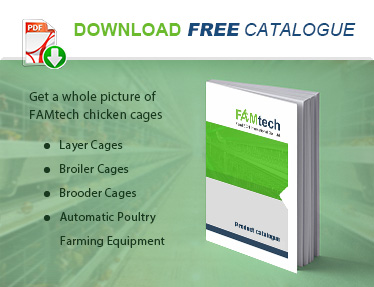500 Egg Incubator Vs 1000 Egg Incubator: How to Choose?
Commercial egg incubators have become core equipment in the context of the development of large-scale and automated poultry farming. It can shorten the incubation time for large quantities of poultry compared to natural hatching, resulting in controllable and stable conditions, a high hatching rate, and significant economic benefits.
In recent years, the global market of egg incubators has continued to grow. The emerging poultry farming market shows a tendency to turn to medium- to large-scale egg incubators that feature multifunctional, automatic, intelligent control over temperature and humidity, automatic egg turning, remote monitoring, etc.
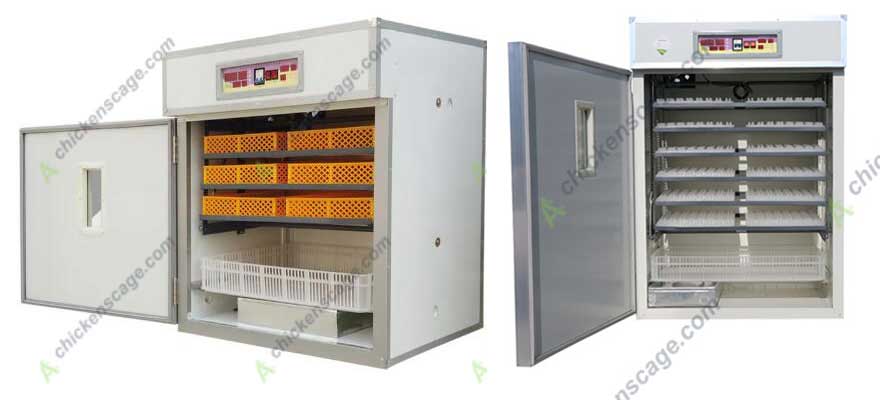
As for the capacity of commercial egg incubators, 500 to 5000 egg incubators contribute to the major consumption. Different capacity means different investments, management scale, labor demand, and hatching efficiency. However, it may be confusing when choosing the capacity of an egg incubator, such as a 500 egg incubator and a 1000 egg incubator. Today, we will compare these two models and provide a clear picture for your selection.
Scope of application and main differences
A 500 egg incubator is favored by small to medium poultry farms, some family breeders, or trial operators.
A 1000 egg incubator and larger incubators are more suitable for medium-scale commercial farms, which perform batches of incubation, continuous operation. It meets the requirements of relatively high output compared to the 500 egg incubator.
Costs and risks comparison
.jpg)
A large egg incubator naturally costs more than a small egg incubator, because of its larger volume, strict environment requirements. The 1000 egg incubator definitely is more expensive than a 500 egg incubator.
Although a 500 egg incubator is not as small as a 100 or 200 capacity egg incubator, it still takes relatively low investment, less space, and lower operation risks of failures.
If a farmer buys a 500 egg incubator but expects the productivity of a 1000 egg incubator, He must be so frustrated. On the contrary, to use a 1000 egg incubator for a small amount of eggs - a waste of money and resources.
Operation efficiency and output comparison
.jpg)
The larger the capacity, the lower the theoretical cost per egg (equipment + operating costs), potentially leading to better economies of scale. For example, a 1000-egg model, if operating at full capacity continuously, would have lower equipment depreciation and operating costs per egg.
However, larger scales also increase operational and management risks, failure rates, and maintenance requirements. For instance, the loss from a failed hatching of 1000 eggs is greater than the loss from a failed hatching of 500 eggs.
A 500-egg model offers greater flexibility and is suitable for multi-variety, small-batch, and experimental operations.
Space, Environment, and Supporting Requirements
The 1000-egg incubator has higher requirements in terms of size, power, and ventilation, requiring more space, a stable power supply, and a suitable environment (temperature, humidity, ventilation, and cleanliness) to achieve a good hatching rate.
The 500- egg incubator also has these requirements, but it is relatively "lightweight" and may be easier to install in ordinary agricultural workshops or greenhouses.
Flexibility and Scalability
If you plan to expand your aquaculture scale in the future, the 1000 egg incubator offers greater potential; however, if it is just a small-scale trial or multi-species, low-volume hatching, the 500 egg incubator may be more suitable.
Before expanding, it may be more prudent to use the 500 egg incubator to establish operating procedures, hatching techniques, and management experience before upgrading.
500 or 1000 egg incubator? FAMtech advises
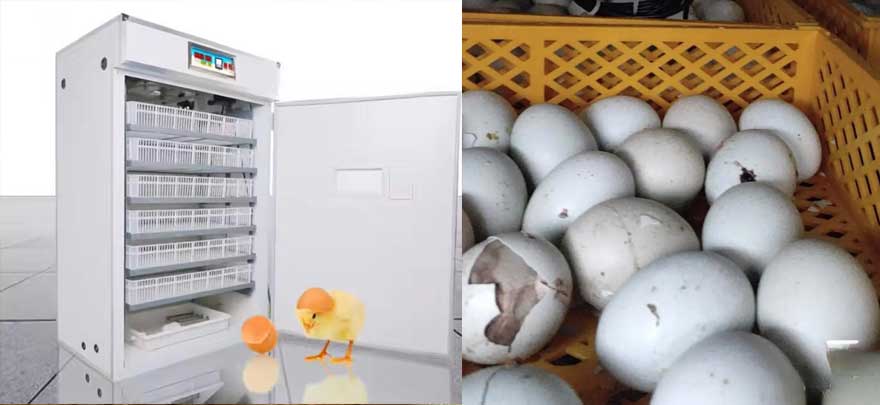
FAMtech has been participating in the poultry farming business for more than 30 years. Cabinet incubators are a vital component of our portfolio. We have helped hundreds of thousands of farmers make a profit out of it. Before you make a decision, you could use some of the following advice.
If you are currently a family or small farm with a low annual hatching volume, limited space, and a desire to control your investment, then a 500-egg capacity model is more suitable. It requires less investment and carries less risk.
If you have a clear need for large-scale production, possess the necessary space, electricity, and personnel management, and want to achieve economies of scale, then a 1000-egg capacity model is a better choice.
If you are unsure whether you can fully utilize a 1000-egg model in the future, or if you lack operational experience, it is recommended to start with a 500-egg model to gain experience before upgrading.
Equally important: consider whether the equipment supports the breed of eggs you are hatching (chickens, ducks, geese, pigeons, etc.), whether it has automatic egg turning, temperature and humidity control, after-sales service, and power costs. The two capacity models may also differ in their functional configurations (larger capacity models may have stronger ventilation, egg turning mechanisms, and automatic controls).
Also, pay attention to the balance between budget and return. The average price for a 500 egg incubator is about $150 to $300. The average price for a 1000 egg incubator is about $200 to $500. The price gap also implies functionality and hatching efficiency. The initial investment of a 1000 egg incubator is higher; however, the ROI is expected to be high in the long run since the single unit of power needed for one egg is less. And because of the high hatching efficiency, it can get your money back faster.

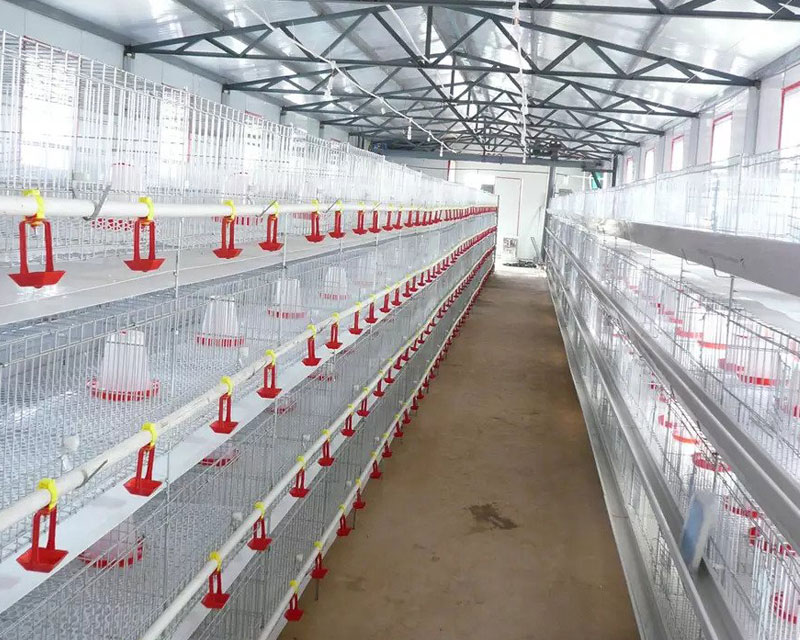 4 Tier H Type Broiler Cage Project In South Africa
4 Tier H Type Broiler Cage Project In South Africa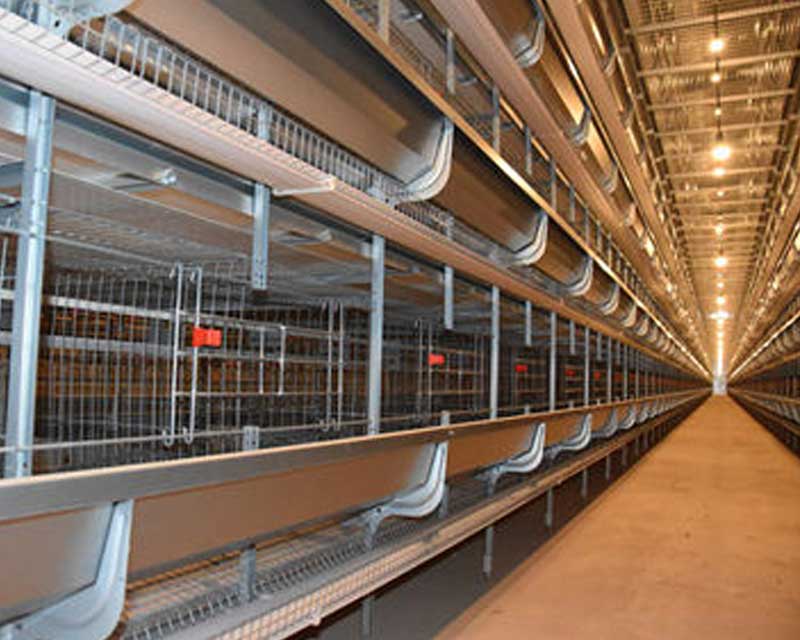 Layer Cage Project In Cuba
Layer Cage Project In Cuba H Type Layer Cage Project In Southeast Asia
H Type Layer Cage Project In Southeast Asia A Type Layer Cage Installed In West Africa
A Type Layer Cage Installed In West Africa Nigeria H Type Layer Cage Project
Nigeria H Type Layer Cage Project H Type Layer Cage Installed In Togo
H Type Layer Cage Installed In Togo